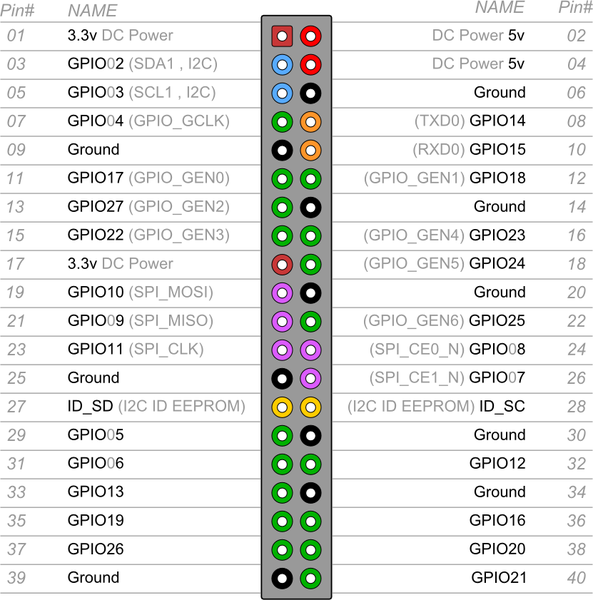Hello again, Cemetech!
I wasn't here for ages now due to quite a hard time in life...
Well, here I am back. In a recent talk in SAX I told KermPhD about my new Raspberry Pi and he suggested making a topic for my possible projects.
First some pictures (sorry for worse-than-potato quality, pictures taken with a phone cam and not much tweaking):
Overall view of the RPI itself, the already attached capacitive touchscreen, mini-keyboard (turned out to be not as unconvenient as feared) and a basic electronics kit:

Closeup of Raspberry Pi 3:

Closeup of the 7'' capacitive touchscreen:

Mini-keyboard with integrated mouse:

And of course the contents of the electronics kit:

The electronics kit is quite interesting for playing around with, it is made with plugs and does not require soldering. There is some quite basic stuff, like resistors, LEDs and such stuff, but there are 7-segment displays, a LED matrix and other more advanced things. It also includes a basic manual, but it only explains what the components do and some Pin basics. It is assumed you know either C or Python, which is both false for me.
On the Raspberry Pi itself:
I installed Raspbian on it and managed to configure it for the touchscreen and the keyboard (the latter one was tricky!). I don't have any expirience with it yet, I wasn't even able to download and install programs on it via OS-built in "Appstore".
So, I will post questions and results here, and my first questions are:
1) I am quite certain I will have to learn C++, one way or another. So do you think learning C is a better idea than Python? Any advice?
2) What good resources and manuals are there for starters? I've seen a ton of YouTube videos and such stuff, but most of it left me with no clue. Maybe because I can't even program it.
I wasn't here for ages now due to quite a hard time in life...
Well, here I am back. In a recent talk in SAX I told KermPhD about my new Raspberry Pi and he suggested making a topic for my possible projects.
First some pictures (sorry for worse-than-potato quality, pictures taken with a phone cam and not much tweaking):
Overall view of the RPI itself, the already attached capacitive touchscreen, mini-keyboard (turned out to be not as unconvenient as feared) and a basic electronics kit:

Closeup of Raspberry Pi 3:

Closeup of the 7'' capacitive touchscreen:

Mini-keyboard with integrated mouse:

And of course the contents of the electronics kit:

The electronics kit is quite interesting for playing around with, it is made with plugs and does not require soldering. There is some quite basic stuff, like resistors, LEDs and such stuff, but there are 7-segment displays, a LED matrix and other more advanced things. It also includes a basic manual, but it only explains what the components do and some Pin basics. It is assumed you know either C or Python, which is both false for me.
On the Raspberry Pi itself:
I installed Raspbian on it and managed to configure it for the touchscreen and the keyboard (the latter one was tricky!). I don't have any expirience with it yet, I wasn't even able to download and install programs on it via OS-built in "Appstore".
So, I will post questions and results here, and my first questions are:
1) I am quite certain I will have to learn C++, one way or another. So do you think learning C is a better idea than Python? Any advice?
2) What good resources and manuals are there for starters? I've seen a ton of YouTube videos and such stuff, but most of it left me with no clue. Maybe because I can't even program it.













